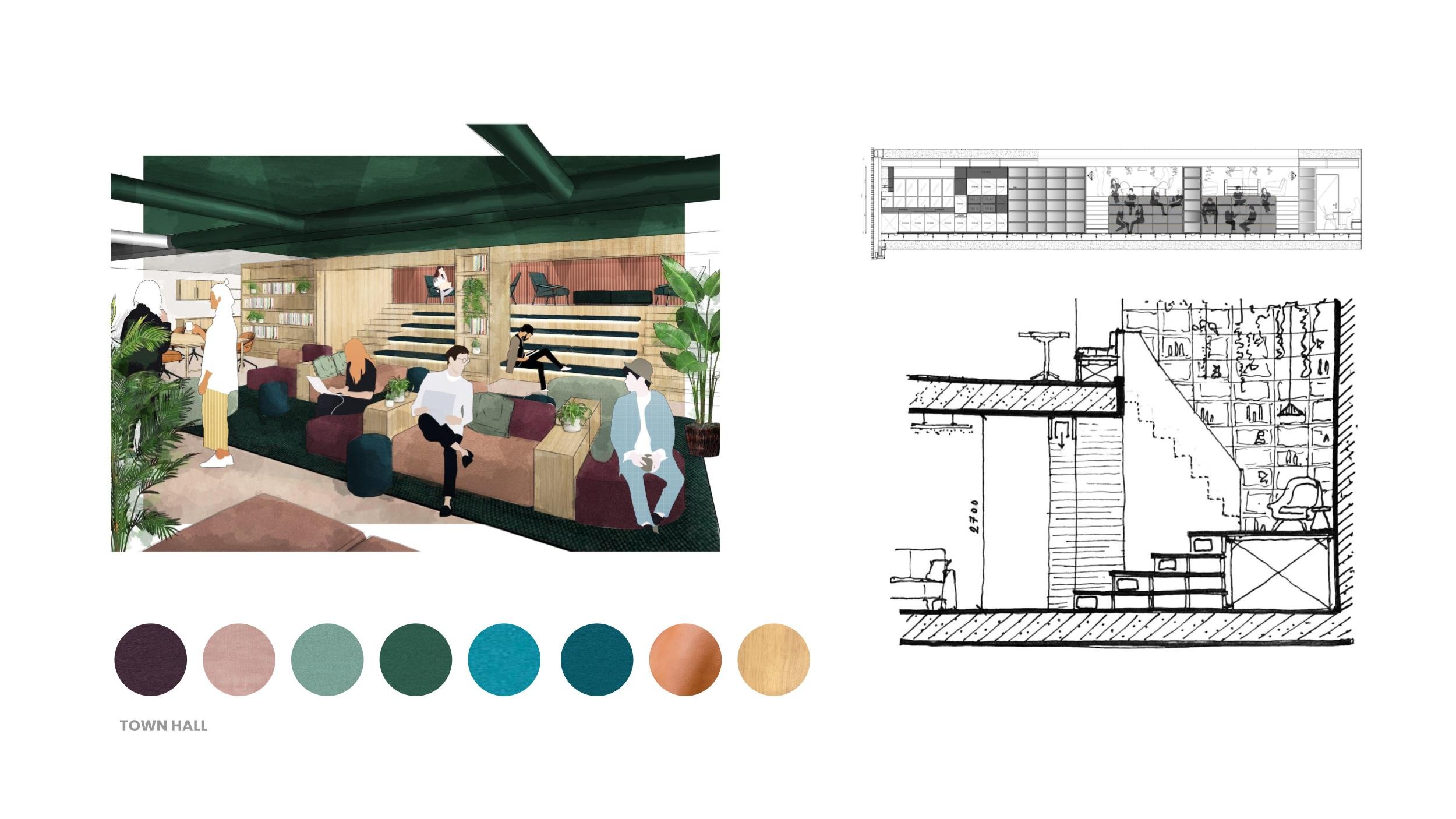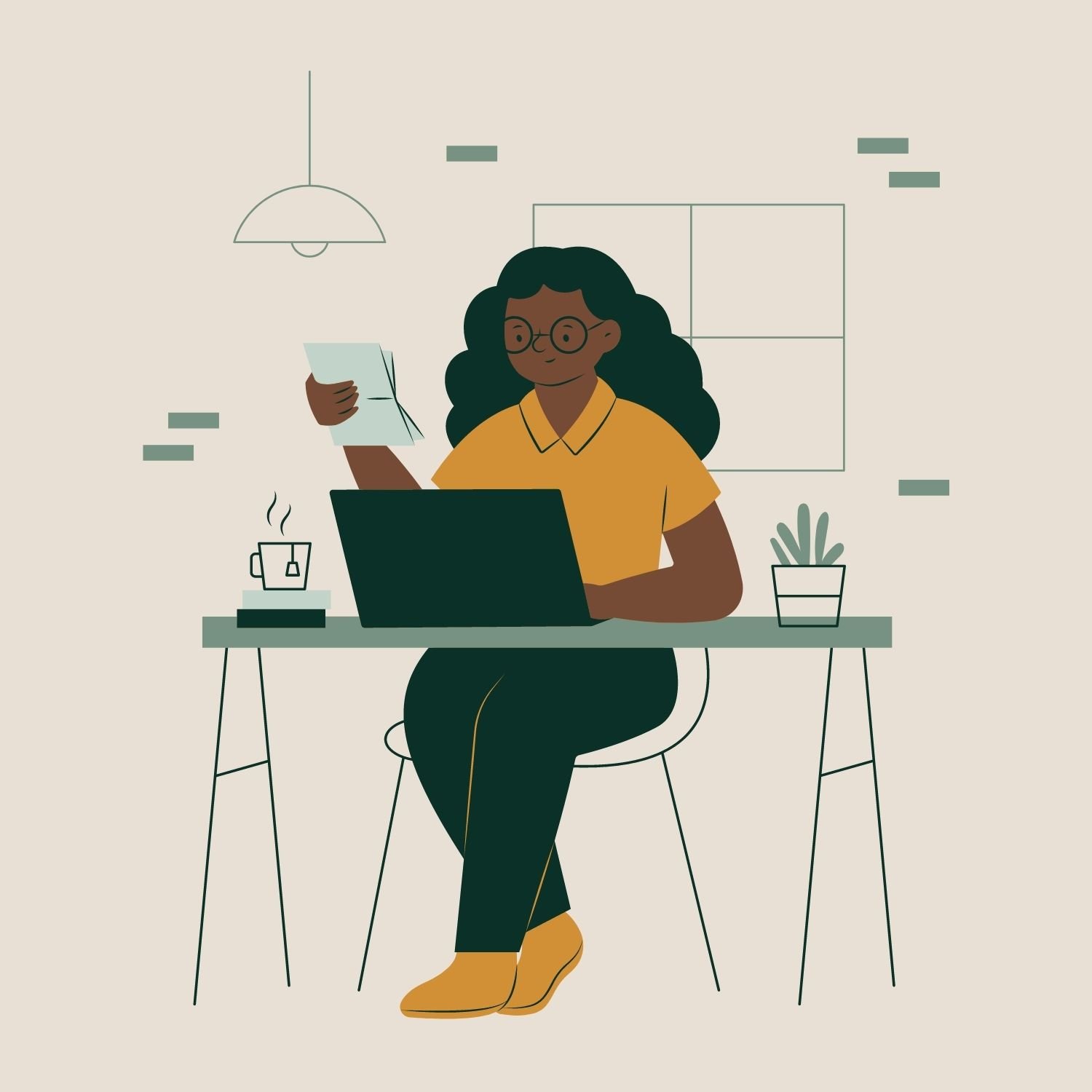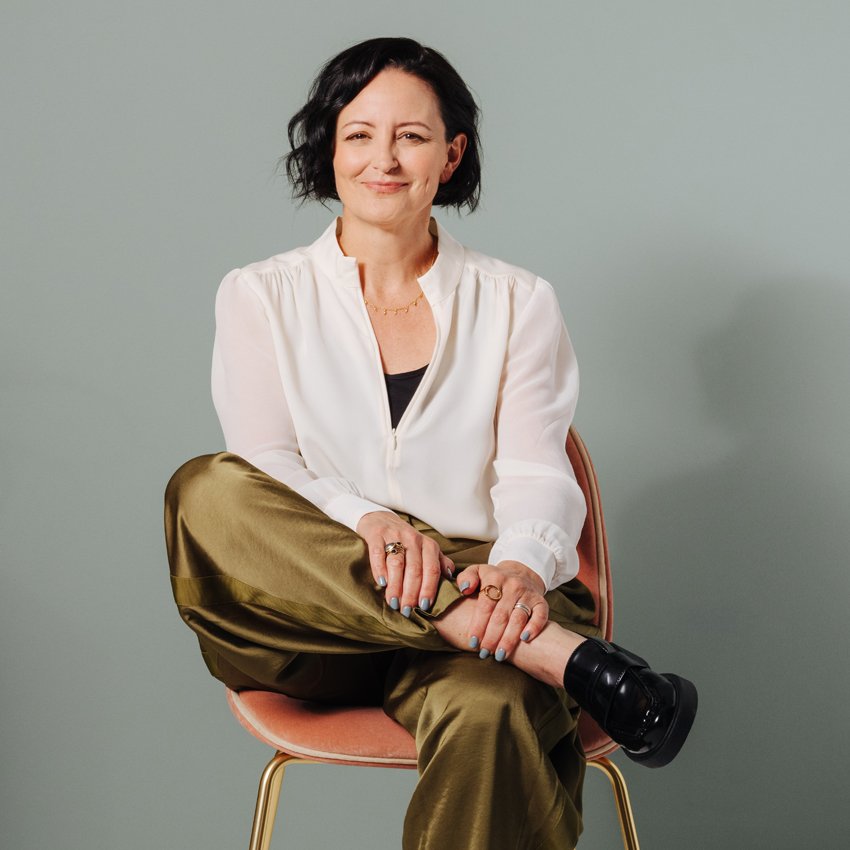Why do I need an interior designer?
In the Trifle studio we have all the ‘tools of the trade’ to support your Interior project
Accurate and professional advice
An interior designer will provide accurate and professional advice for the development and execution of interior design services across commercial or residential sectors. Interiors that can require consideration and design include homes, offices, educational spaces, hospitality spaces, health and wellness spaces.
Our sample room is a key space we use when we are planning the finishes for a client
Roles in Interior Design
There are similarities yet distinct differences between the following roles:
Interior Decorator: selects finishes, materials and paints
Interior stylist: provides finesse, finishing touches and meticulous control of all final details ensuring each piece of furniture is located exactly as it should be. Usually they will style a room or interior for a photoshoot and primarily work on editorial or commercial projects.
Architect: Architecture is the designing of buildings. (On the other hand, interior designing is the designing of the interiors of the building).
Interior architect: focuses on the functionality of the internal space(s).
Key considerations for an Interior Designer
The key considerations for an interior designer include making indoor spaces functional, safe, and beautiful by determining space requirements and selecting essential and decorative items, such as colours, lighting, and materials. An interior designer can provide initial design concepts and space planning proposals, product and material specifications, as well as coordinate with trades to manage a project from concept to completion.
With differing laws for product use and specification across residential and contract sectors, an interior designer must be aware and comply with all related health & safety codes, building regulations, and installation requirements.
Key Interior Designer activities include:
Providing advice on the interior layout of a space/building and proposing reconfigurations.
Generating 2D or 3D interior design plans, drawings, mood boards and project visualisations.
Curating a considered selection of Furniture, Fixtures, Fittings and Equipment (FF&E) required for implementation and procurement.
Supplying projected timelines and product schedules to coordinate trades, purchase orders and deliveries.
Being the point of contact for construction contractors on site, as well as consulting with engineers, architects and trade specialists.
Image shows different types of visuals including a collage, hand sketched elevation and CAD section of a space
The main goal is to optimise a space by improving the effectiveness, accessibility, functionality and aesthetic appeal of an environment in a way that ensures an interior space can be used safely. An interior designer will consider the intended function of a space to curate an environment that is fit for purpose, as well as understand how an interior design scheme can positively impact the end-user. A successful design project will also address sustainability and minimise its environmental impact.
Assessing the impact of an interior design
As a designer’s choice directly impacts on the wellbeing and safety of those who will use or occupy an interior dwelling, the advice offered must be accurate and where necessary, independently verified to support recommendations. Inaccurate advice and inappropriate specification may breach laws, incur additional cost, generate delays or increase risks to those who invest in and ultimately use the space.
For example, when a provisional costs price (PC) is quoted for a light fitting, additional costs may be necessary for the designer to instruct the expert and obtain independent advice to be confident that the design specification is compliant, as well as safe.
Providing the interior design service
An interior designer’s minimum task is to define the design and ensure the safe performance of a space. They should plan the space to maximise the function and movement within it, as well as taking airflow, heat, extraction, electrical and plumbing regulations into account. They produce plans and drawings to demonstrate layouts (spatial planning) along with a proposed design scheme. When the scheme is approved by the client, the designer generates a project timeline and specification schedules for the materials required to procure the design. Some designers may also act as the project manager throughout project procurement by giving instructions to the contractors, trade and fit-out specialists. It is key to establish who will undertake this part of a project as it takes time and will support a project to run efficiently.
Consulting with specialist stakeholders
Designers may be expected to coordinate with various experts, tradesmen and suppliers in their procurement of products and installation of materials. For example, they may consult with a structural engineer when commissioning a heavy light fitting or require asbestos reports before fitting wall panelling. A designer must therefore possess knowledge across a multitude of skills and sectors.
This multifaceted profession requires specialist expertise across all stages of design and project fulfilment. With evolving regulations, product innovations and compliance laws, designers must invest in ongoing learning to stay up to date with industry standards.
Hiring the right Interior Designer for your project can save you both money and time in the long run and ensure you have a quality finish to your project.
Author: Emma Morley, Director, Trifle*
Emma founded Trifle* in 2010 after a career in marketing, event design and production. Frustrated by the fact that only advertising agencies had inspiring spaces she had a desire to make good design the norm for all office workers. Emma has worked across well over 150 interior projects during her career at the helm of Trifle*, she remains passionate about making amazing spaces but also making the industry more accessible, more human and more diverse.







